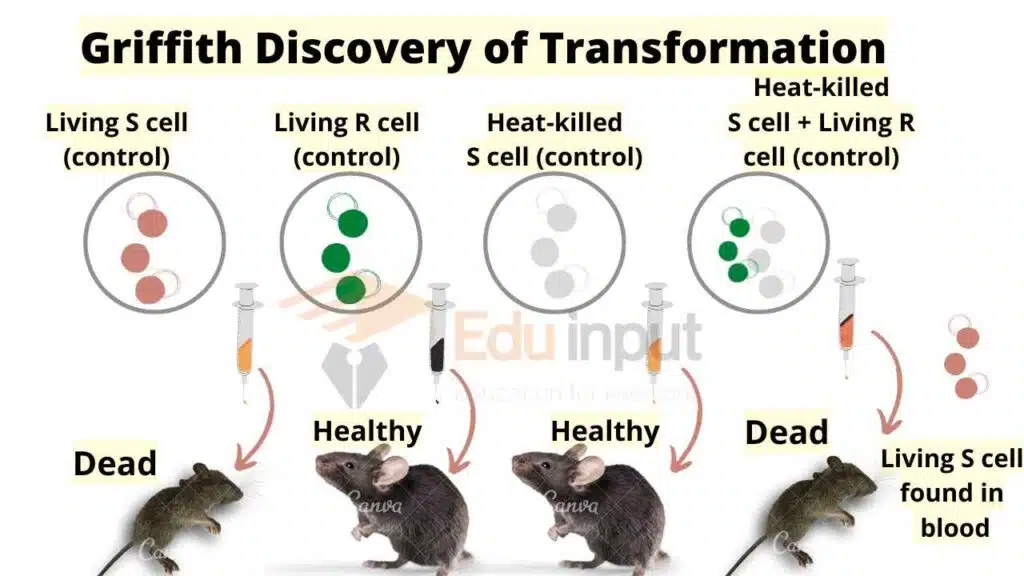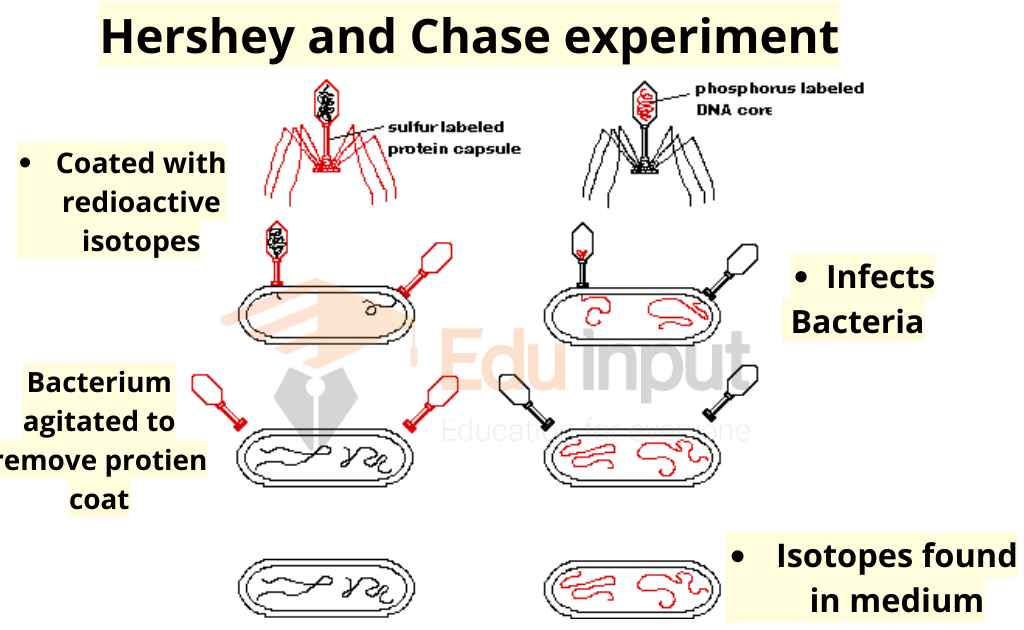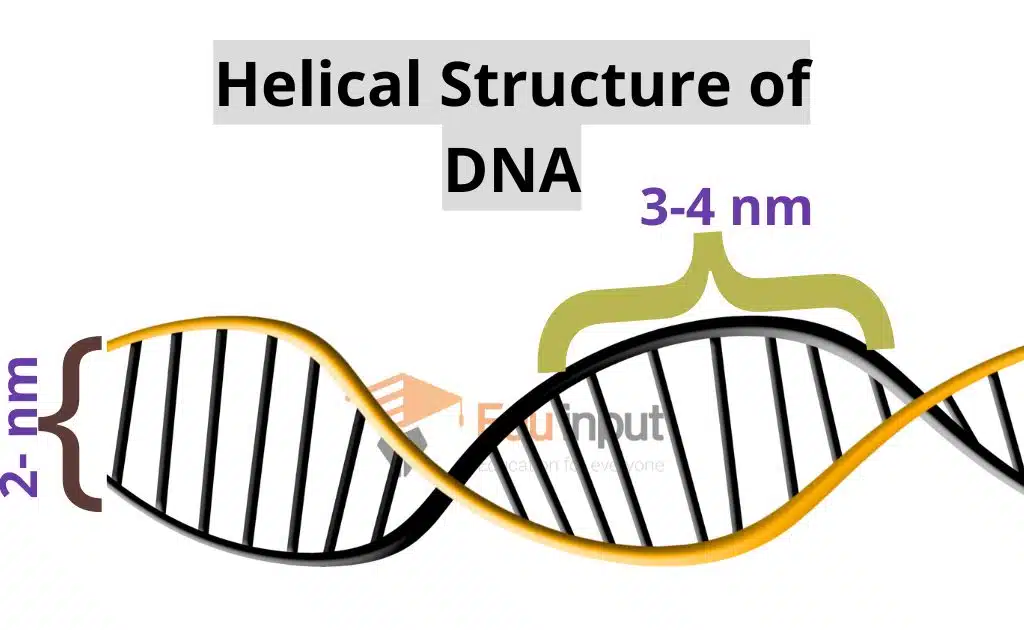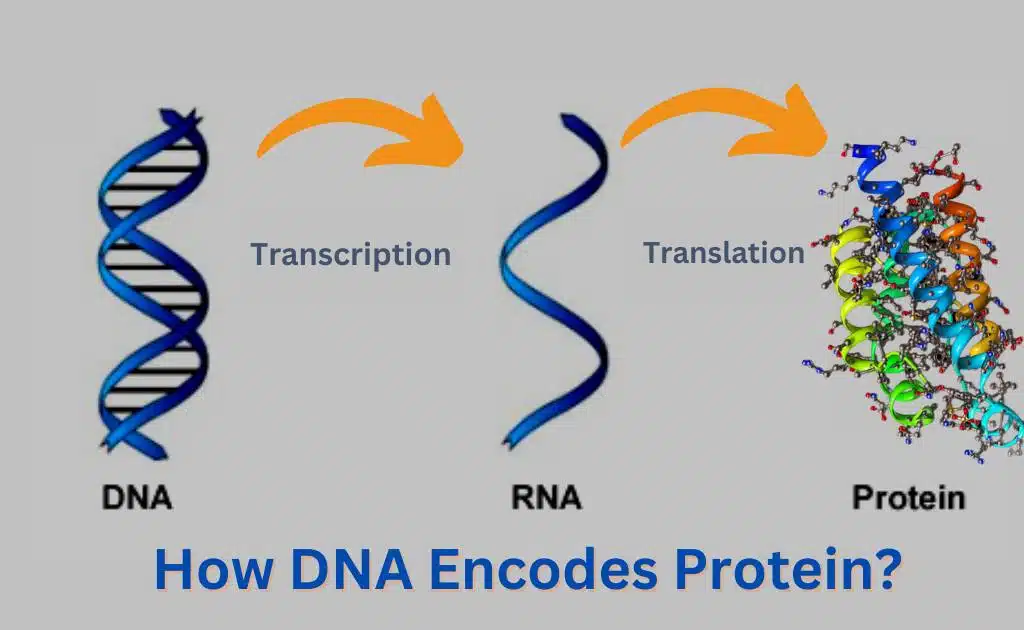Discovery of DNA As Hereditary Material
The Discovery of DNA as hereditary material was accidental while experiments were being performed on Streptococcus Pneumonia which took many lives at that time.
Experiments of Frederick Griffith Frederick
Griffith was a British microbiologist. He provided the first evidence that DNA is hereditary, material. He performed experiments on pathogenic bacteria Streptococcus pneumonia.
There are two forms of Streptococcus Pneumonia bacteria:
- Normal form or S-form (smooth):
The normal pathogenic form of streptococcus pneumonia bacteria forms smooth colonies on a culture dish. So it is called S form. They are virulent.
- Mutant form or R-form (rough):
The mutant form lacks an enzyme that helps to manufacture the polysaccharide coat. They form rough colonies. So they are called R form. They are non-virulent.
Griffith performed the following experiments:
He injected the mice with the S form of bacteria. The mice died of blood poisoning.
He infected similar mice with the R strain of bacterium. These bacteria lack polysaccharide coats. So they are not virulent. The mice did not show any symptoms of illness. Thus its outer coat is necessary for virulence.
He wanted to know whether the polysaccharide coat itself had a toxic effect or what. He injected a dead S strain of bacteria into the mice. The mice remained perfectly healthy. It means the coat itself has no toxic effect.
Now he injected mice with a mixture containing dead S bacteria and live coatless R bacteria. Both of these strains are harmless. But the mice developed the disease symptoms and many of them died. The blood of the dead mice contained a large number of live virulent S bacteria. These bacteria had surface proteins of the live (previously R) strain.
Thus the information on the polysaccharide coat has passed from the dead bacteria to the live R bacteria in the mixture. It permanently transforms the coatless R bacteria material from one ceil to another and alters the genetic makeup of the into the virulent S variety. It is called transformation.
“The transfer of genetic recipient cell is called transformation.”

Experiments Of Oswald Avery, Cohn Macleod, And Maclyn Mccarty
The agent responsible for transforming streptococcus remained undiscovered until Oswald Avery and his colleagues performed a series of experiments and called the transforming principle.
1. They first prepared a mixture of dead S streptococcus and live R streptococcus they removed the protein from this mixture. They achieved 99.98% purity transforming activity was not reduced.
2. The properties of the transforming principle resembled DNA. The protein digest enzymes or RNA digesting enzymes did not affect the transforming activity. DNA digesting enzyme DNAase destroyed all the transforming activity. So proved that DNA is responsible for transformation.
Alfred Hershey And Martha Chase’s Experiment
Alfred Hershey and Martha chase experimented in 1952. They provide additional evidence in support of Avery’s conclusion. They experimented on bacteriophage T. They labeled the bacterial with two radioactive elements:
(a) they labeled some viruses with radioisotope P32. The P32 is an isotope of phosphate this P32 is incorporated into the newly synthesized DNA of the growing phage.
(b) they grow some viruses on a medium containing S35. Isotope incorporated into the amino acids of newly synthesized protein coats.

This allowed the labeled viruses to infect bacteria. They stimulated the bacterial cells to remove the protein coats of the infecting viruses. This procedure removed nearly the entire S35 label from the bacteria. However, the P32 label transferred to the interior of the bacteria.
This P32 was found in viruses released from the infected bacteria. Hence, the information hereditary is transferred into a new generation of viruses in the form of DNA and not protein.
Related FAQs
Who discovered that DNA is the hereditary material?
Oswald Avery discovered that DNA is the heredity material.
What is Transformation?
The transfer of genetic recipient cell is called transformation.
What are two forms of Streptococcus Pneumonia bacteria?
There are two forms of Streptococcus Pneumonia bacteria:
Normal form or S-form (smooth)
Mutant form or R-form (rough)







Leave a Reply